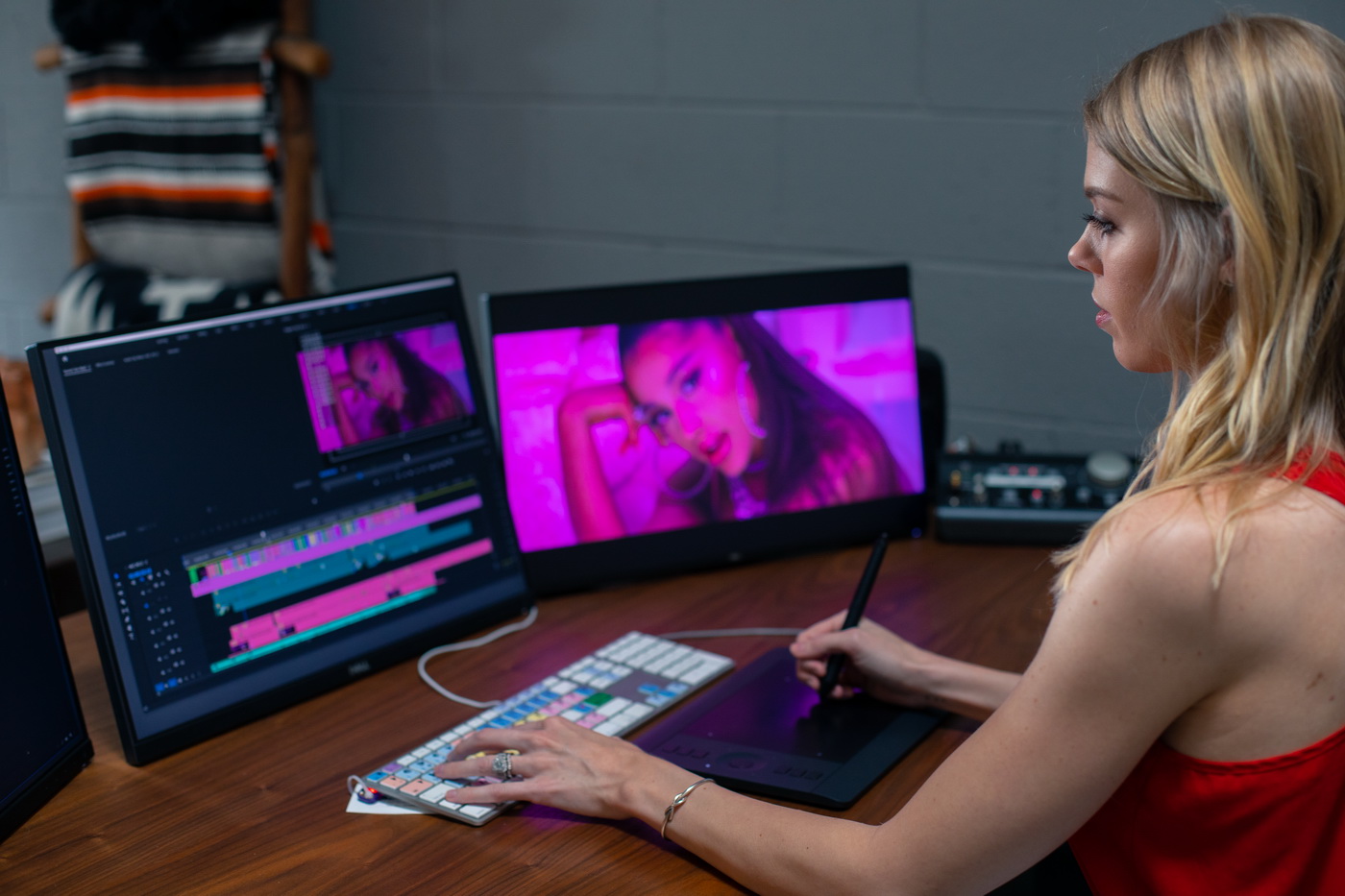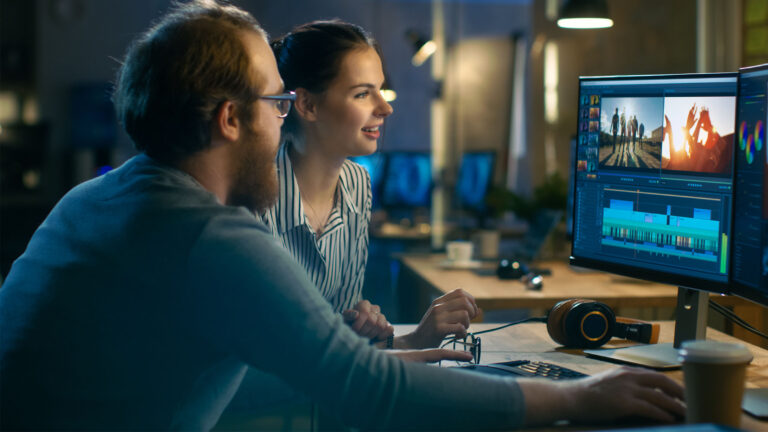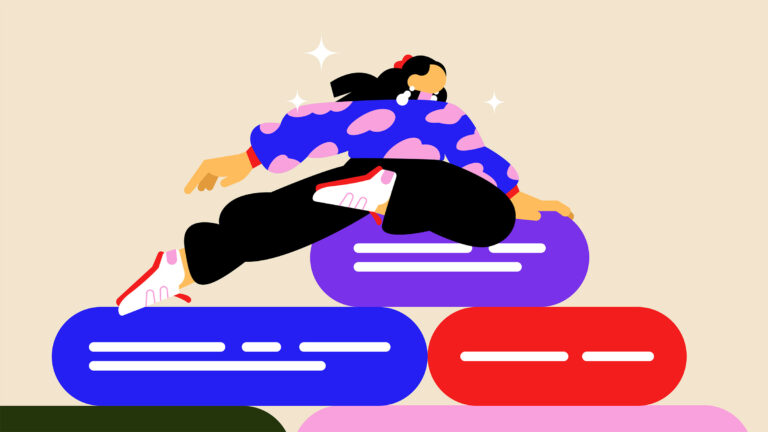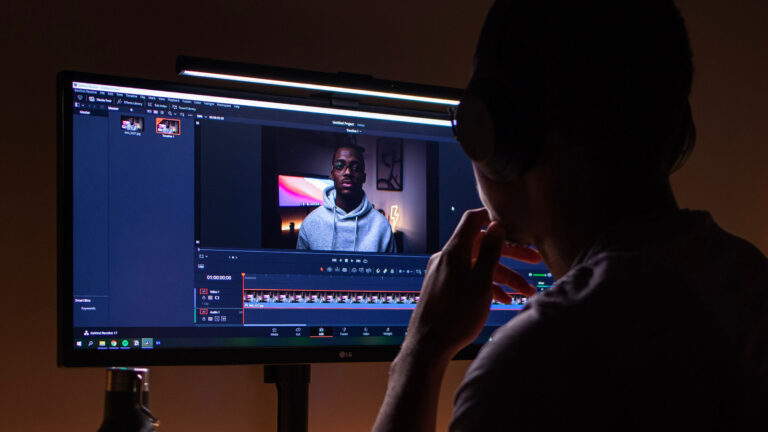TL;DR
- Peace of mind
- Diversity in work
- Mentorship
- Community
Back in May of 2017, we ran an article about a young editor from Nebraska who took the initiative to contact a music video director whose work she admired. Not only did Taylor Walsh land an internship with director Hannah Lux Davis, she was hired on as a staff assistant editor at London Alley, the Los Angeles production company that reps Davis. There, she honed her skills and went on to edit music videos for artists like Ariana Grande, Demi Lovato, Ed Sheeran, and Pharrell Williams.

Taylor left London Alley to freelance in 2017. She continued to work on high-profile music videos, but in July 2018 she accepted a new staff position, this time at editorial house Cabin Editing.
Why did Taylor decide to go back to a staff position and how has it helped her career? (Hints: it was an amazing opportunity, and a lot.)
To freelance or not to freelance
Sure, freelancing gives you a certain control over your life and your career, and (at least in theory) the ability to pick and choose your projects. Why the qualification? Because you only have that kind of freedom of choice if you have sufficient work to turn down projects you’re not that interested in doing. If you’re reading this article, you’ve probably worked on your share of projects that weren’t exactly reel-worthy so you could pay the rent.
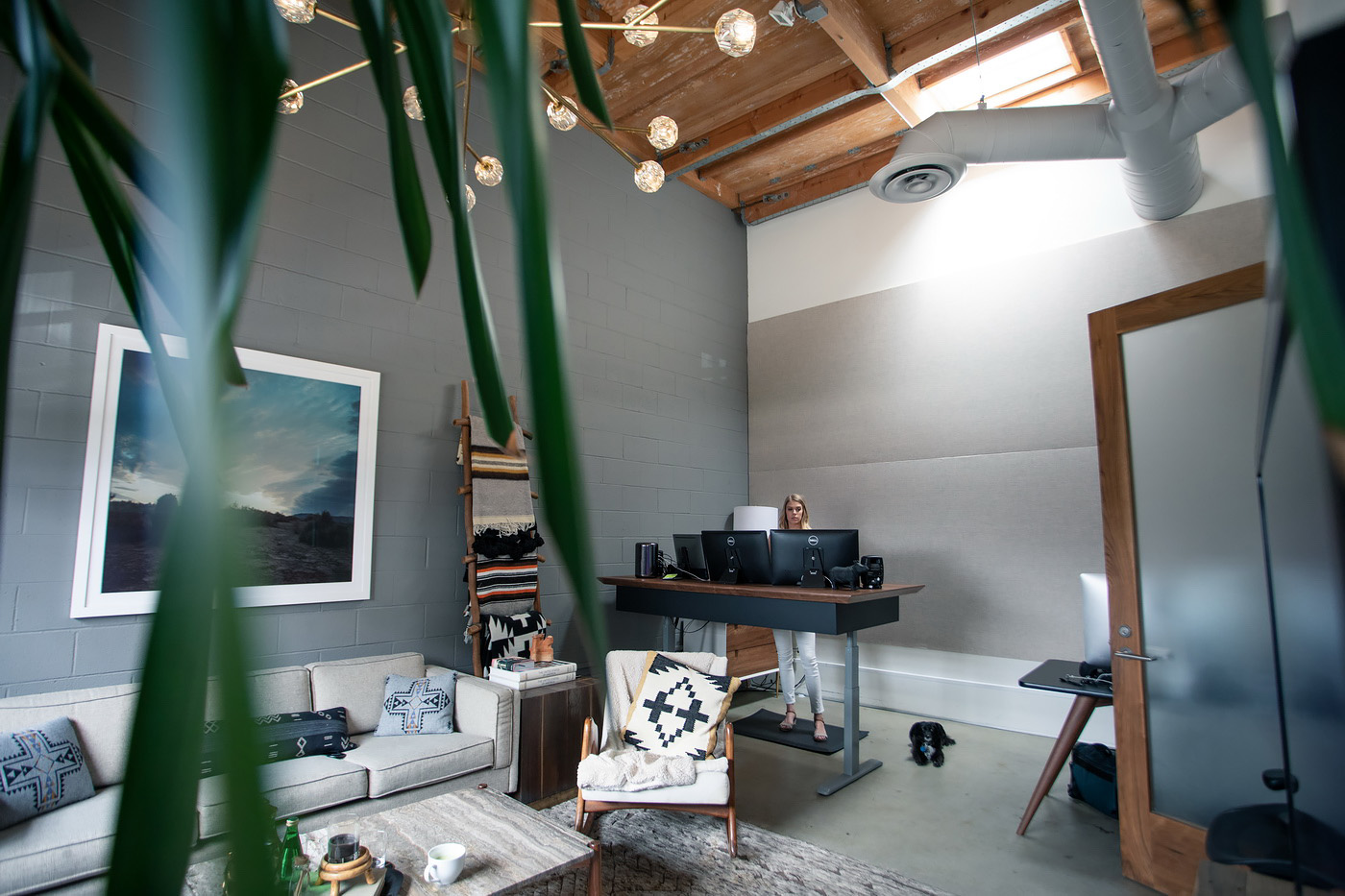
And yes, in theory, you can set your schedule and take time off when you like, but you might also find that the dream project you’ve been offered collides with the trip you planned months ago—a freelancer’s conundrum.
Taylor also noticed that since she became known as a music video editor, she wasn’t getting the opportunity to work on other sorts of projects. One of the dangers of becoming known for just that one thing you do is that it becomes more difficult to branch out creatively. Unless, that is, you love that one thing so much that you have no desire to do anything else—in which case, go ahead and take a victory lap!
Timing isn’t exactly everything—hard work counts
But that was just part of what was problematic for Taylor. The bigger factor was that she found freelancing isolating. As a young editor, she craved the kind of mentorship that working with other editors provides.
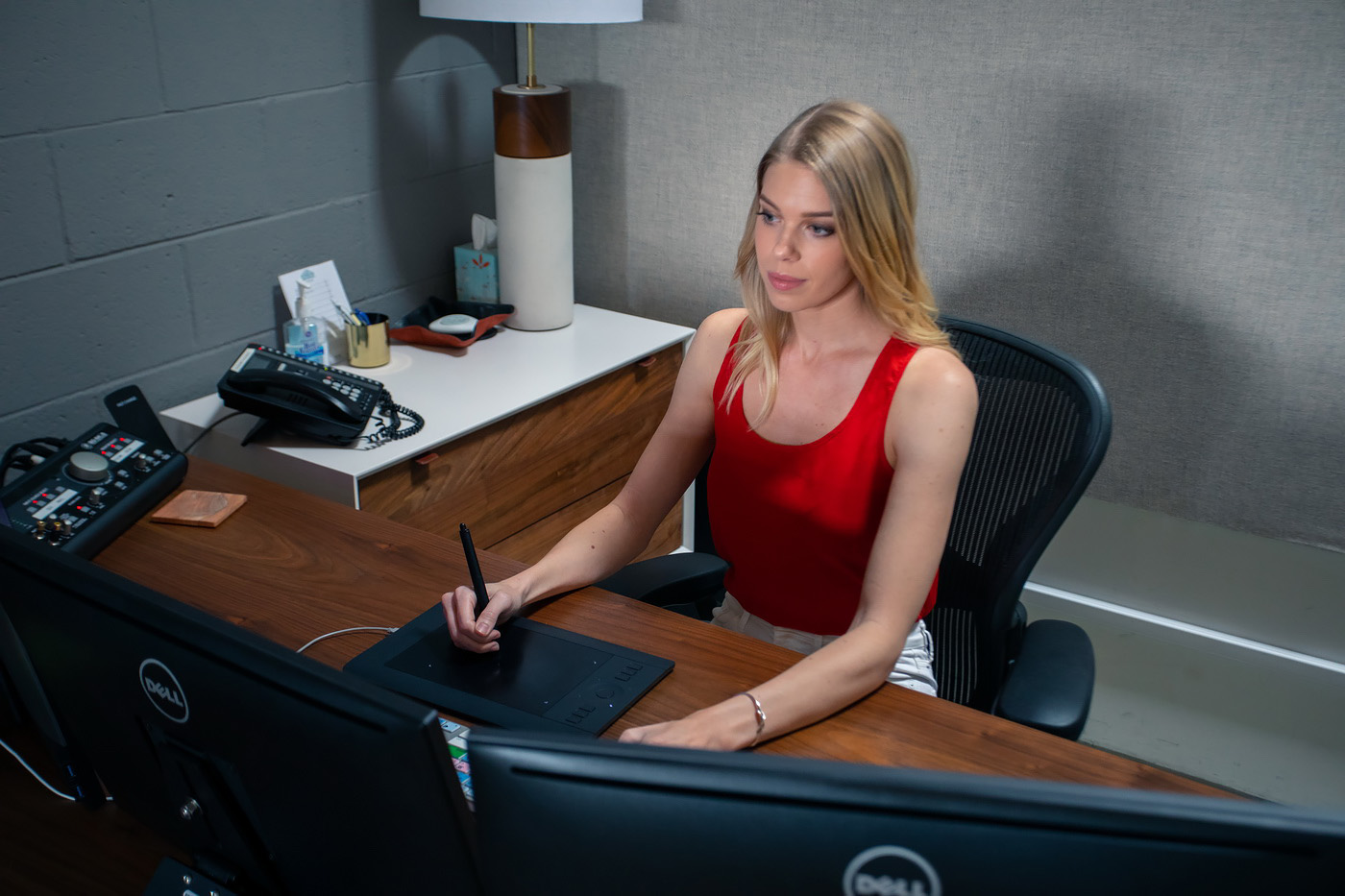
As chance would have it, Taylor had a connection with a managing partner at Cabin Editing (at the same time that the former EP from London Alley was working on a project there). “I went in for the meeting,” Taylor says, “thinking I was just going to be meeting them and then they’d maybe keep me in mind for the future. Instead, it went on for four hours and at the end they offered me a full-time job!”
It’s worth noting here that Taylor’s previous work at London Alley and continued great relationship with them helped her fit right in to the Cabin Edit team, where she’d continue to edit projects for them. Yes, the timing was fortuitous, but her hard work and good attitude helped earn her that opportunity.
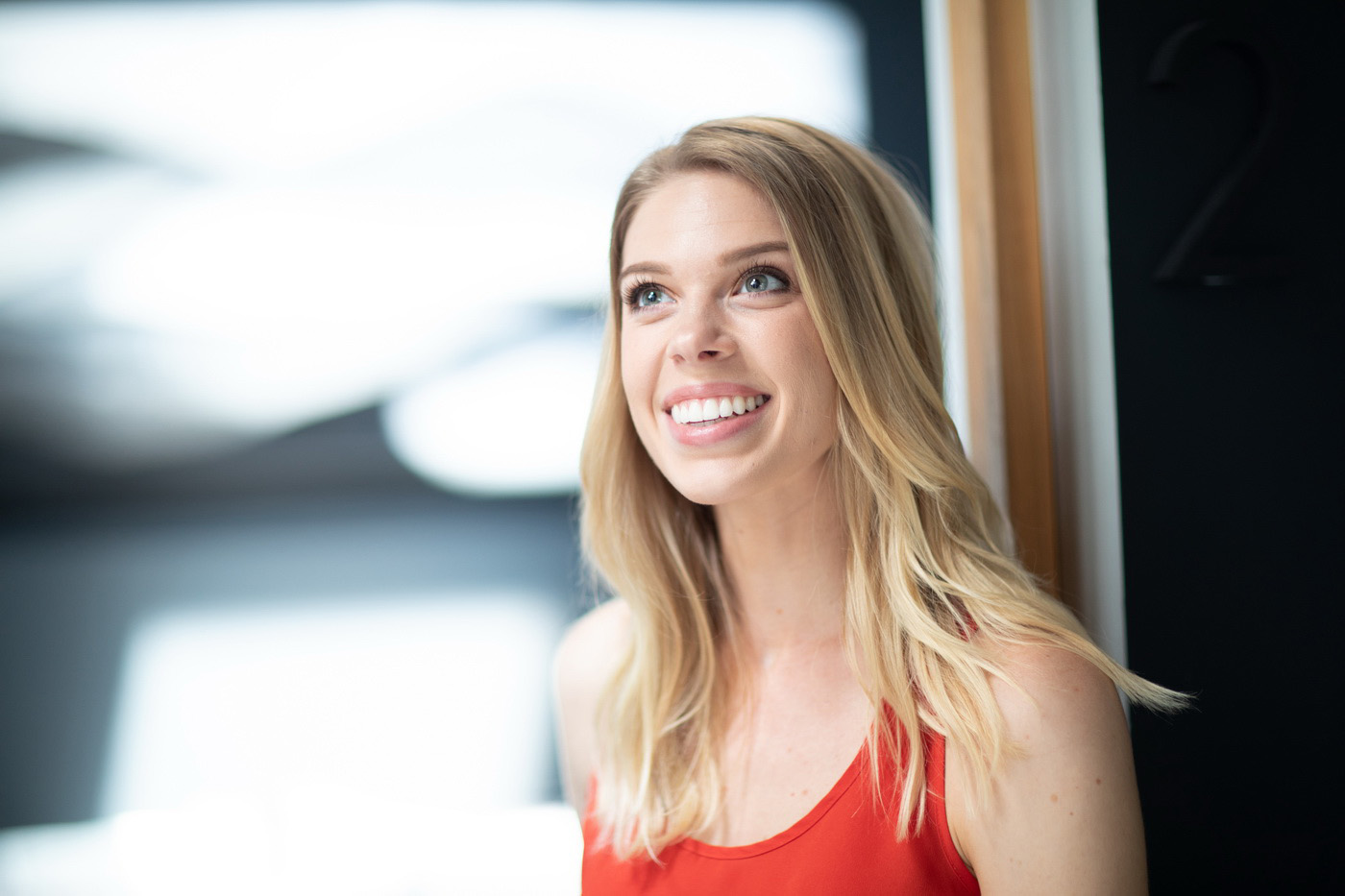
Taylor claims that she took some time to think about the offer, “but I pretty much knew when the meeting was over that I would say yes.” And why wouldn’t she? If you watched the Super Bowl this year, you’d have spotted Cabin’s Pepsi commercial featuring Steve Carrell, Lil Jon, and Cardi B, edited by Graham Turner, one of the partners. They’re also known for their work for clients like BMW, AT&T, and Mercedes Benz, along with music videos for some of the same artists Taylor had already worked with in the past.
“I started at Cabin as a junior editor and assistant, depending on the project,” Taylor says. “If I was doing a music video, I’d be a lead editor. But if I was working on a really big ad campaign, I’d assist the lead editor.” Unsurprisingly, in the short time between conducting this interview and publishing the article, Taylor’s already gone on to be the lead editor for some larger brands, notably for Cheerios and Disney.
The move turned out to be a perfect fit for her. As a kid with a musical theater background, she loved to make her own commercials and music videos. Her father, a long-time IT guy, would bring home the castoff computers from his office for her. “One day he gave me a CD-ROM that he’d bought at Walmart for Video Studio Pro (or something like that). And that was it. I would go down into the basement and stay up until three a.m. learning how to edit.”
“I never went to film school and watched all the movies,” Taylor says. “But I loved to write and tell stories. My form of storytelling was always in short content, so I’m really where I want to be now.”
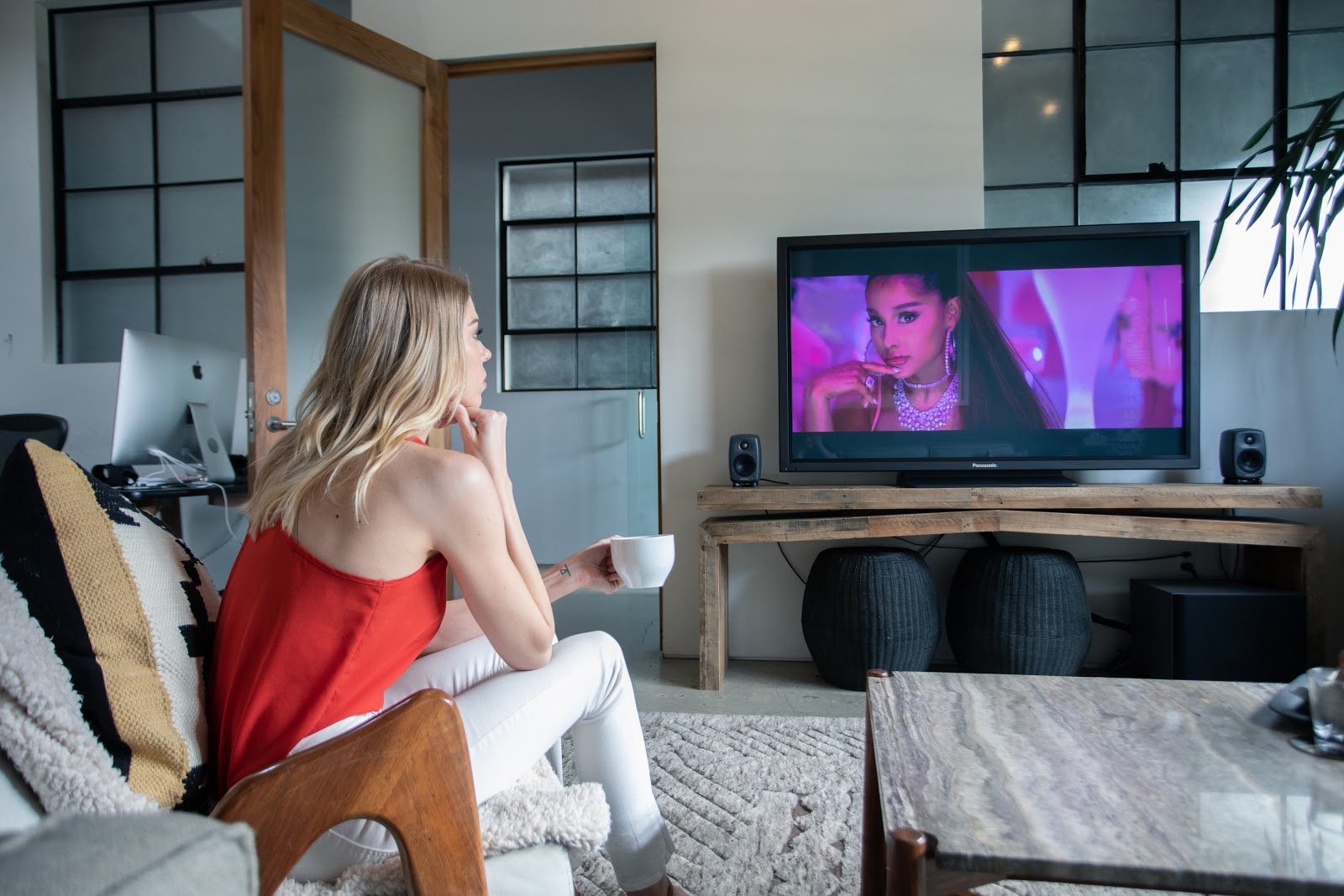
From music videos to commercials
It could be said that music videos are, effectively, commercials that sell the artist as the brand. On the other hand, for commercial editors, music videos allow them to flex their creative muscles in different ways. It’s only since Taylor has been working on commercials that she’s come to understand the ways in which they’re similar and different.
“One thing I’ve learned is that if the song is good, the video will be good, too,” Taylor says. “Although it’s slightly older, Demi Lovato’s “Sorry, Not Sorry,” still holds up. People still come up to me and tell me how much they love that video and how they love dancing to it.” The proof? Nearly 400 million views on YouTube.
Every editor has their own way of approaching a music video and Taylor shares hers. “The very first step is listening to the song. If I can, I like to be able to see the director’s treatment, too,” she says.
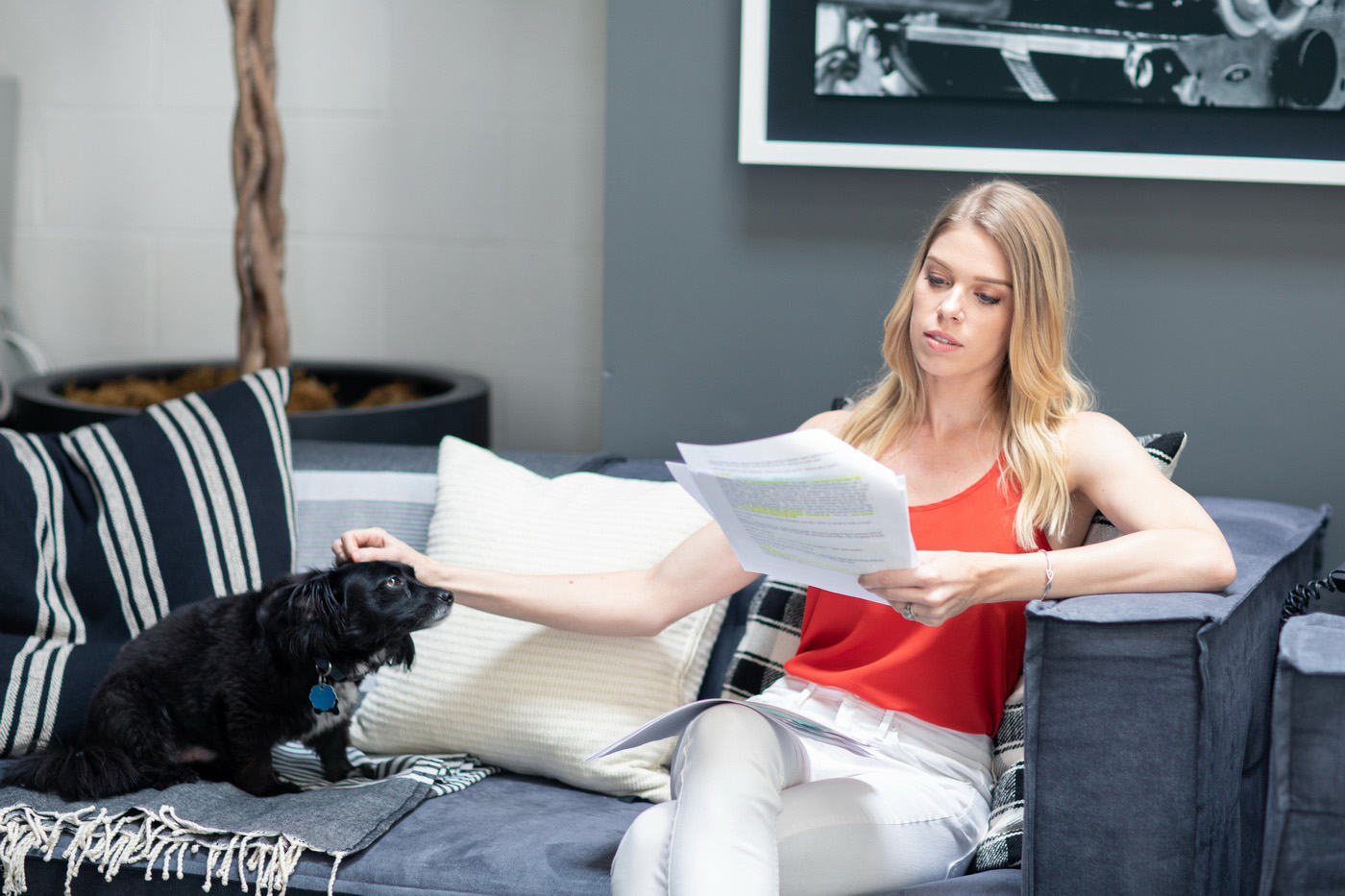
“I have a background in dance, and so I like to look at the footage to find motion that I can cut on to let the motion kind of make the sound. And then I like to look for intimate moments when the artist is looking at the camera—sometimes it’s just when the camera’s rolling before the director calls ‘Action.’ They may have their guard down and do something really genuine.”
Because she’s worked her way up in the industry with directors who are working at the top of the field, she’s been able to build an impressive reel. Her most recent work includes Ariana Grande’s “7 Rings,” directed by Hannah Lux Davis, and “Blast Off,” the collaboration between Gesaffelstein and Pharrell Williams, directed by Warren Fu at Partizan. Taylor feels lucky to be able to work with “a multitude of talented directors” on so many different projects.
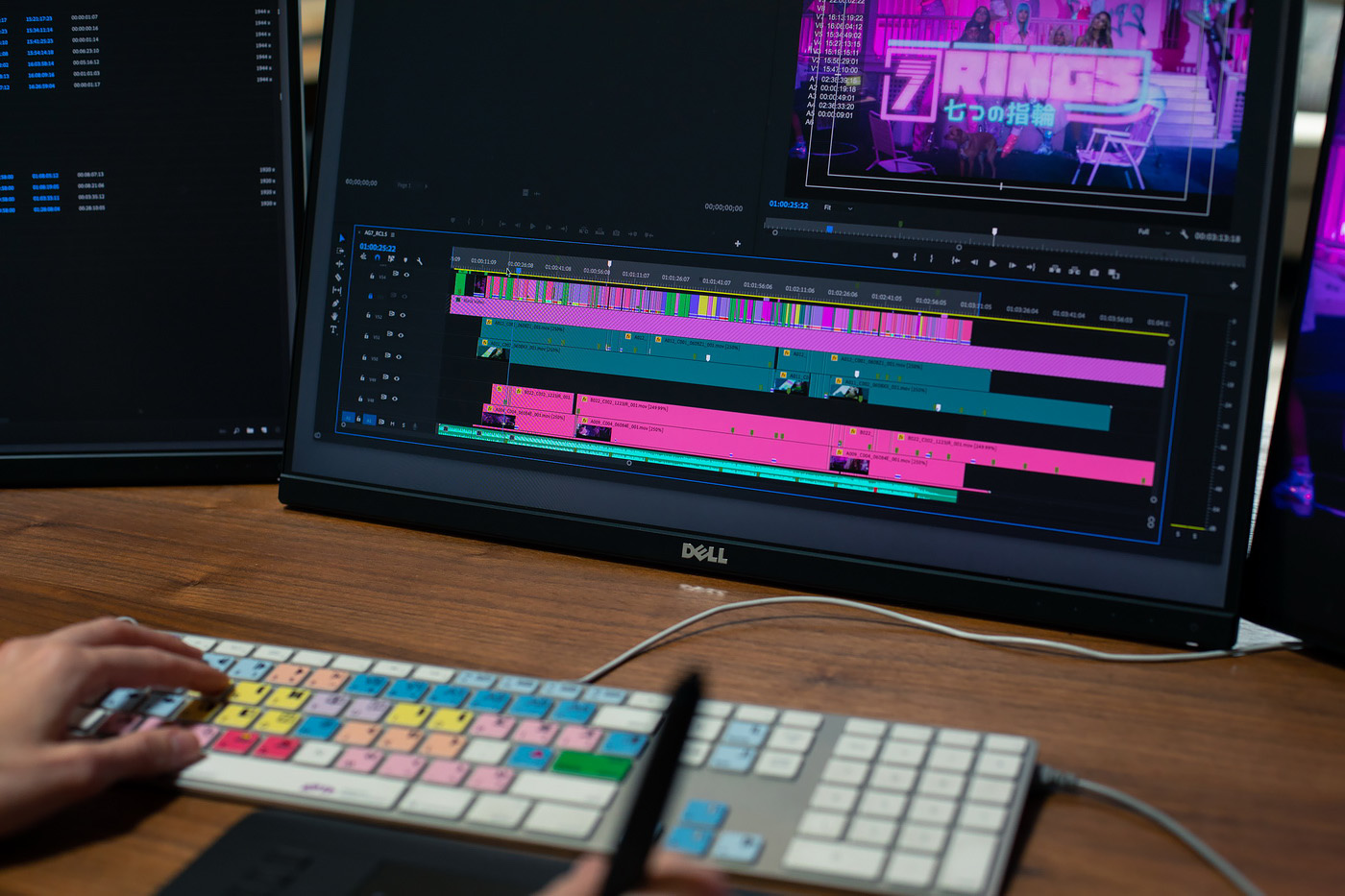
As is the case with many music videos, they can have fairly aggressive post schedules.
The “7 Rings” video, for example, went down “hot and fast,” Taylor says. “I loaded in on day one and pulled selects. On the second day, I put together my first cut. Hannah and I sat together on day three to do the rough; Arianna was there on day four and we were locked by day four or five.”
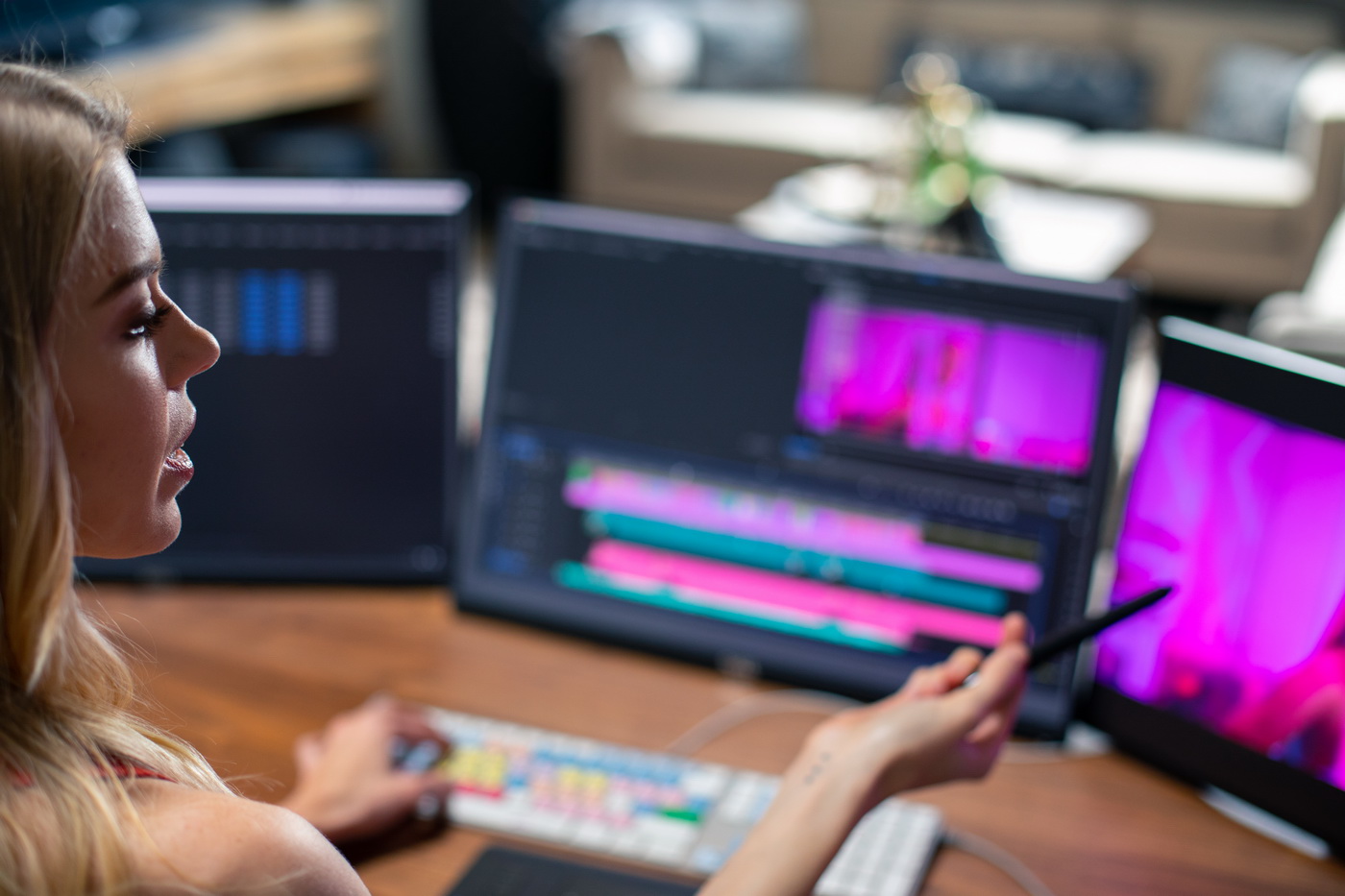
Not unlike music videos, commercials often have compressed post schedules and high financial stakes. At Cabin, she’s worked on a number of big commercial campaigns for such clients as Starbucks and Adidas, as well as on a T-Mobile campaign on which she was lead editor. It aired for the College World Series, and “it was very exciting to see it on TV and realize that lots of other people were watching it, too!”
“Commercials have a lot more structure,” Taylor says. “They’re shot very intentionally and you don’t have as much extra or unplanned footage. In that regard, creating a rough cut is a bit easier, but there’s also less flexibility in how you tell the story. Being able to be the junior editor has really helped me learn how to form the emotion behind an ad. You can help guide the client into a place that’s a bit more experimental or human.”
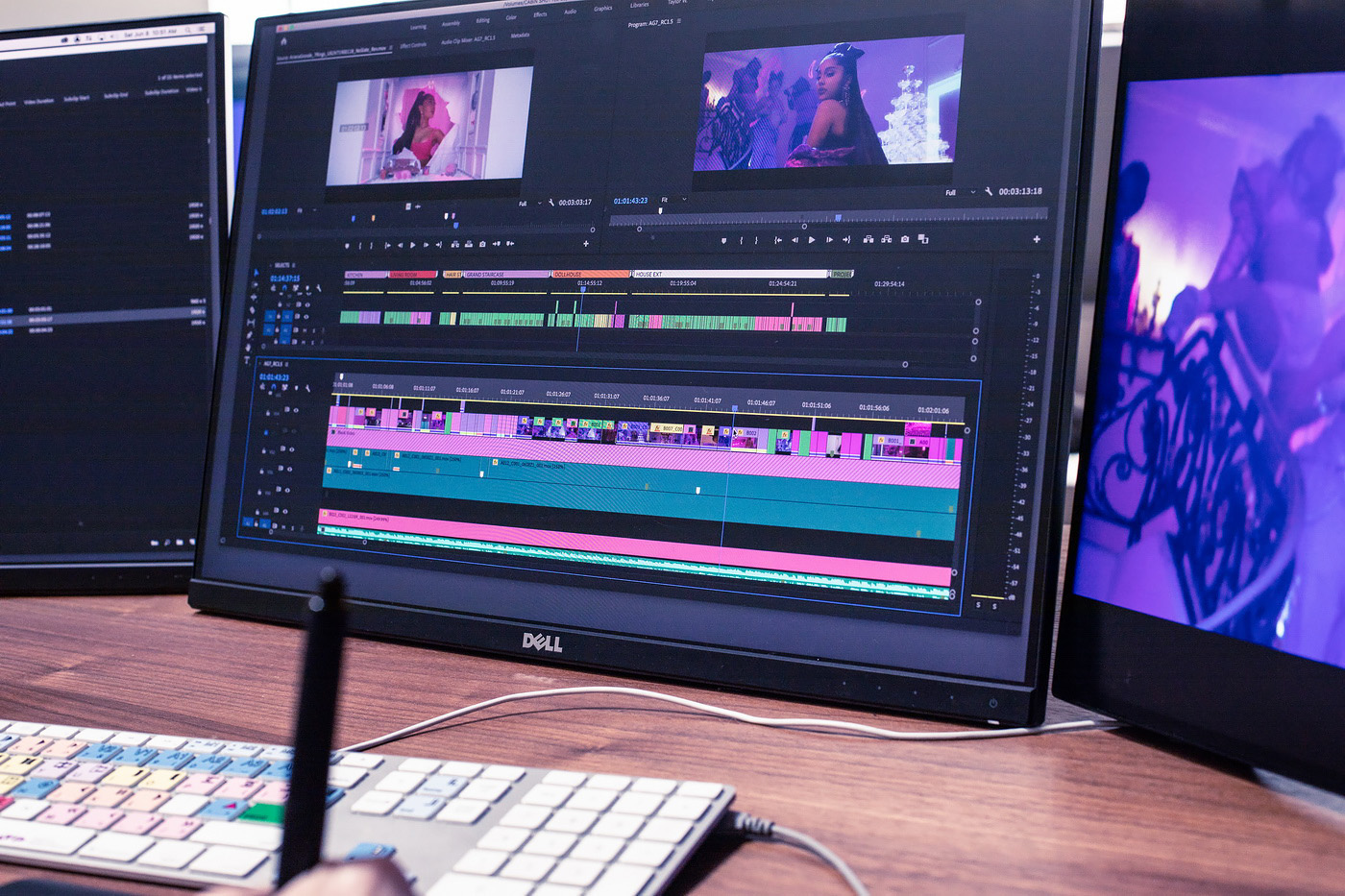
The staff advantage
Freelancing isn’t for everyone. Not only do you have to be good at what you do, you have to be good at promoting yourself and staying calm when you’re between projects.
Taylor prefers the stability of a staff position, which allows her to focus more on the work itself, rather than on the business of getting work. “When I was freelancing, my nerves were frazzled and I was always anxious,” she says.
The day-to-day responsibilities of being a freelance vs. staff editor are different, too. When she was freelancing, she functioned as her own assistant. That meant not only ingesting the footage and prepping it for herself, it also meant that she was responsible for prepping the offline for color correction, VFX, online, and audio mixing.
Taylor had a lot of experience doing that from her time at London Alley, where she functioned as both an assistant and a post supervisor. But as a staff editor at Cabin, she doesn’t always perform those tasks for herself.
“I actually like to be my own assistant in some ways,” she says. “But sometimes, if I get booked on another project that starts right away, I have to give up the control and let someone else prep it for me.”
It’s part of what’s good about the collegial atmosphere she’d been craving. In a staff environment, there’s more depth and teamwork. Even better? “The lead editors here ask for opinions. They’re very open to us sharing our work and getting feedback from the other editors. I love being part of a community of editors.”
Lessons learned from freelancing
Stability and creative opportunities aside, there were some valuable tidbits Taylor took with her from her freelance experience.
Freelancing made her more confident in terms of making creative decisions and being more than a button pusher. It also helped her learn to manage her time and projects, and how to be efficient with both time and money.
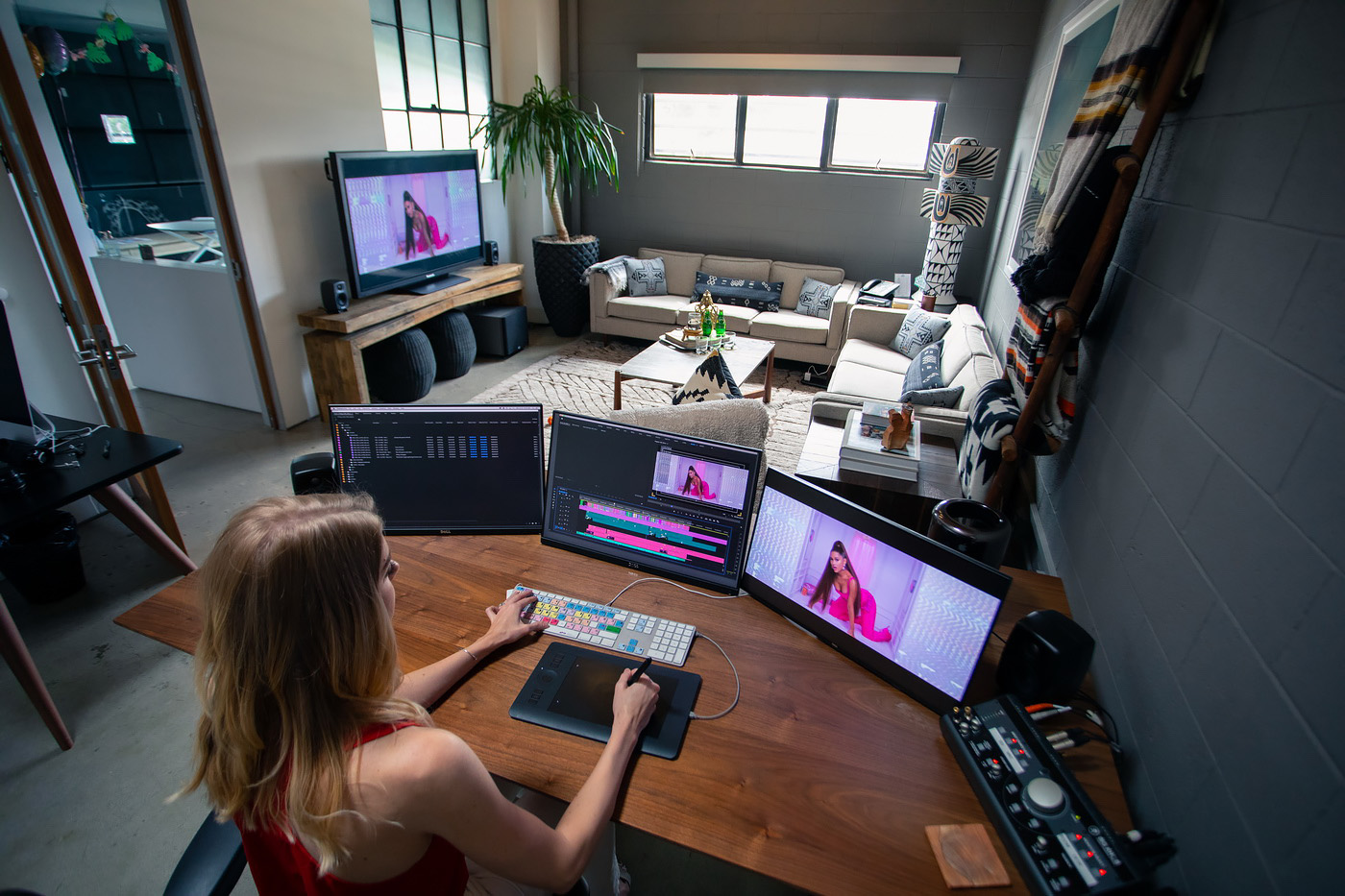
“Because I was responsible for understanding the whole post process, it’s helped me be aware of what kinds of creative decisions can result in extra costs for clients,” she says. “For example, if there’s a shot that might require VFX or cleanup, I’ll look for a different take that doesn’t need extra work, as long as it supports the story equally well.”
And then there are the client skills she learned. When you’re a freelancer, you often don’t have anyone (like a producer or post supe) looking out for you or your well-being. “It definitely gave me thicker skin,” Taylor says. “I learned how to handle client notes and how to balance fighting for my creative choices with client feedback.”
Freelancing also made Taylor aware of how important it is to take initiative if you want to progress in your career. “Hard work is vital, but even more than that is learning how to make yourself more valuable by going the extra mile,” she says.
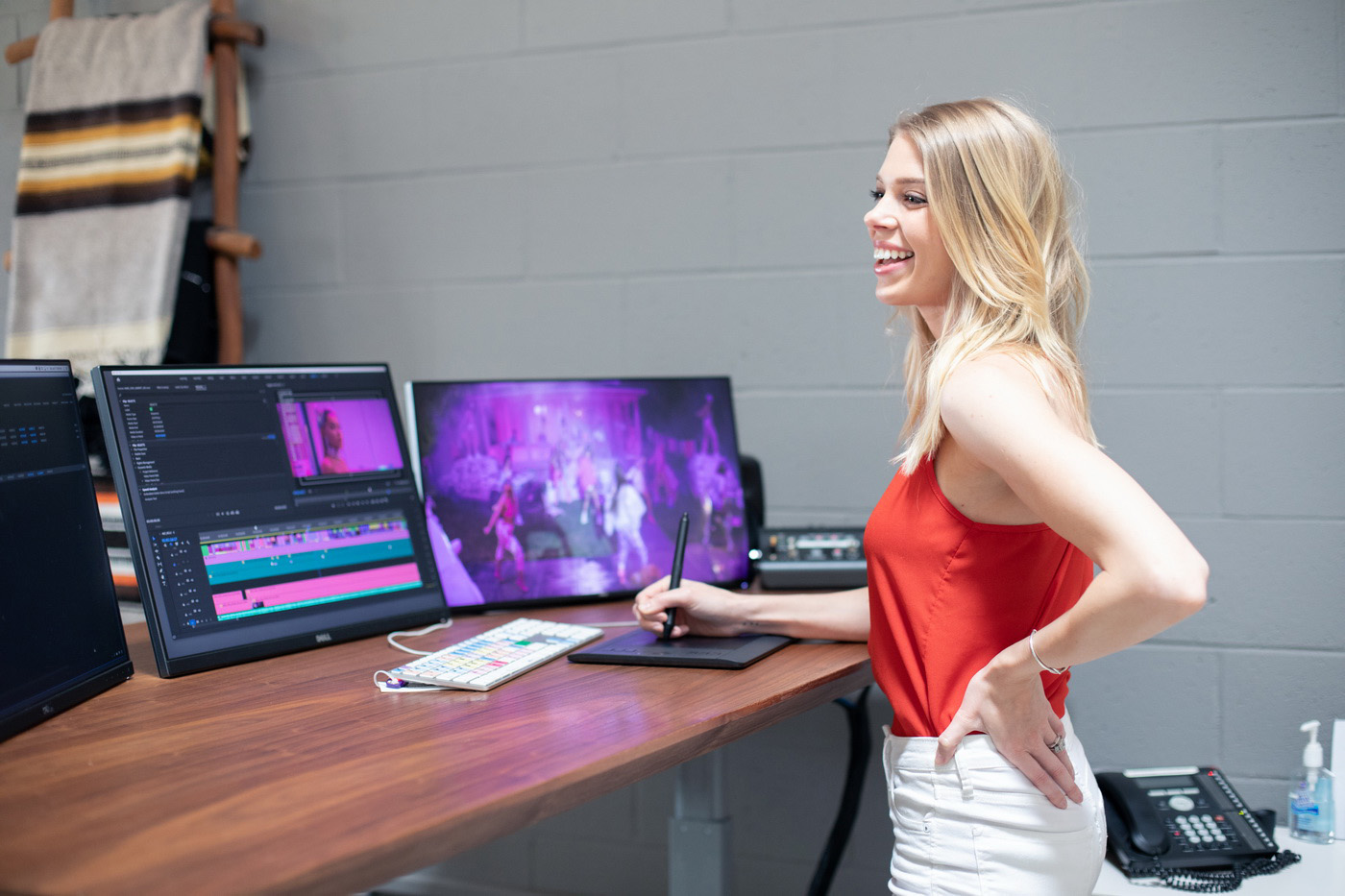
After all, it was her initiative to contact Hannah Lux Davis that got her from Nebraska to Los Angeles. “When I started at Cabin, I hadn’t been working on Avid (she was a Premiere Pro editor—and used Frame.io “all the time”). So whenever I had any time, rather than waiting to be tasked, I spent it practicing with old projects that were on the server.
I remember that on one of my first project breakdowns for a senior editor, I first organized the footage. But instead of stopping there, I decided to cut a :60 and pull selects. He was so surprised and grateful. I wanted to show him that I’m here to contribute and be a valuable asset to the team.”
A formula for longevity
Despite the fact that commercials and music videos can, as noted, come with huge demands and compressed schedules, one of the things Taylor values is that the partners at Cabin are committed to making sure that their staff has a work-life balance.
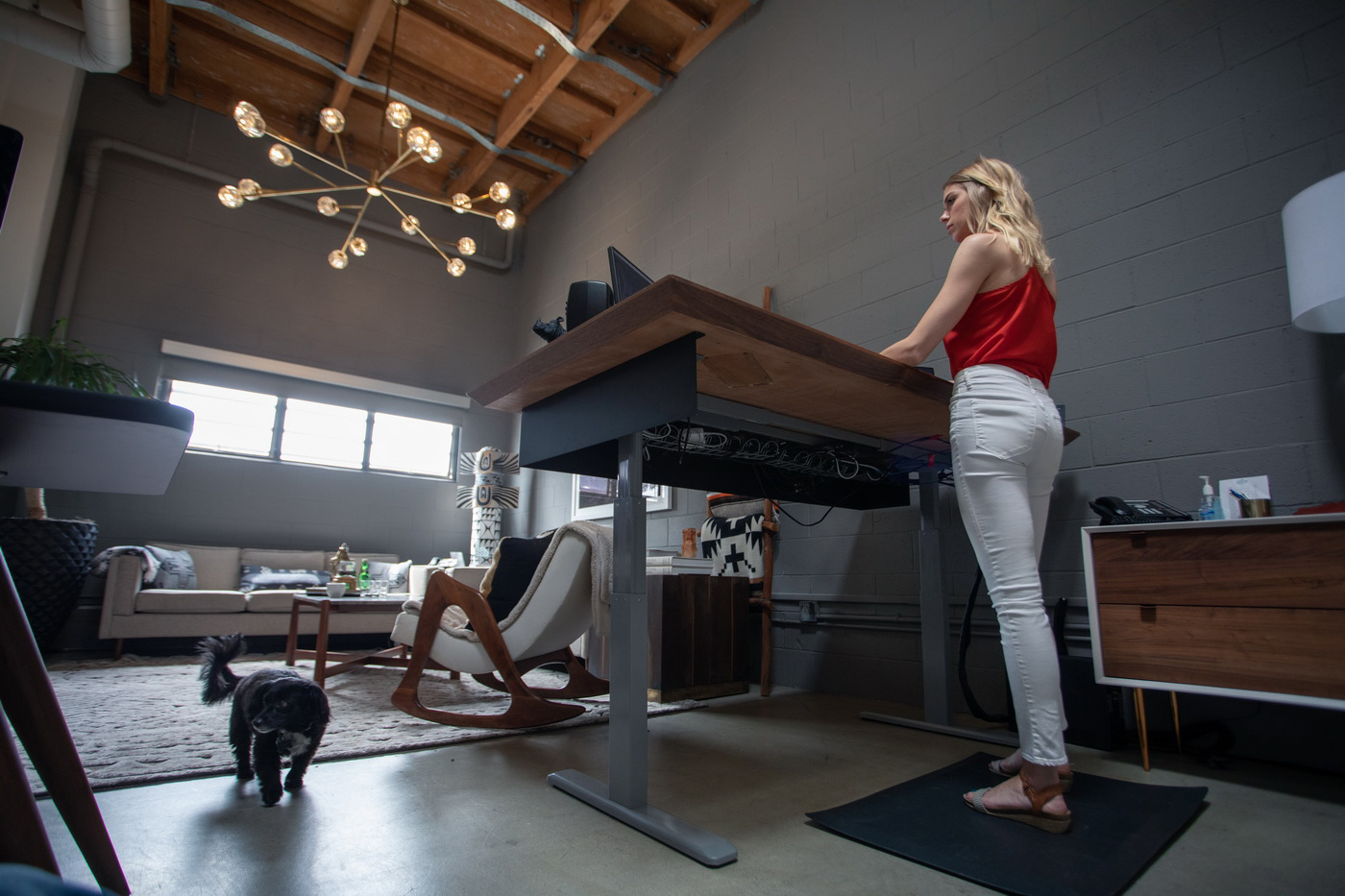
Obviously, there are crunch times, but Taylor says they encourage all of their editors to do things like have dinner with their families or, in her case, go hiking with her husband and dog. “They know that we’re all really hard workers and very dedicated, but they’re also really conscious of us having a life.”
It’s another of the advantages of working in an environment that’s committed to keeping its staff healthy and creative. And it’s a winning combination for everyone—senior editors can mentor younger editors and groom them to take on bigger projects without fear of them burning out and leaving.
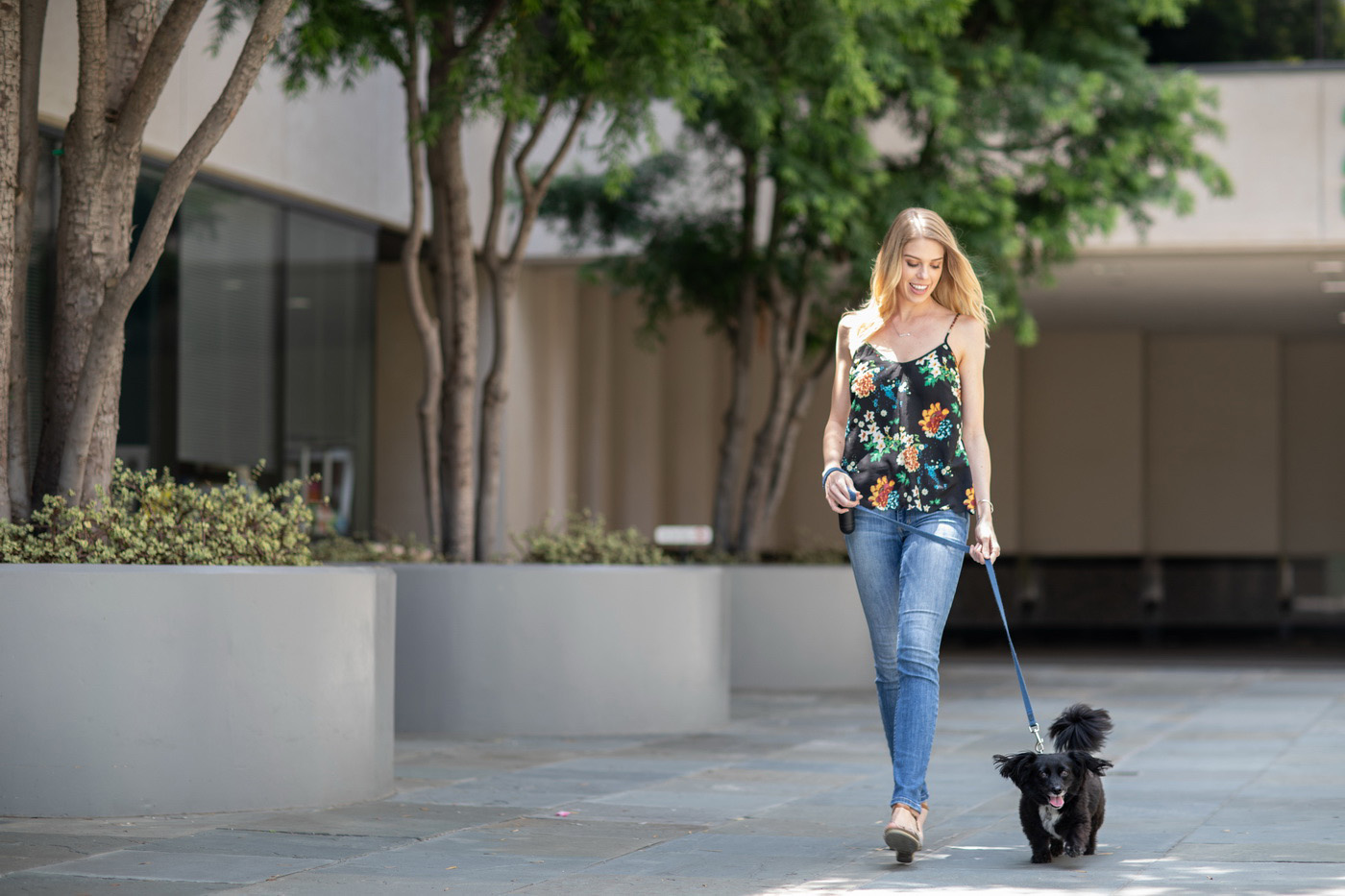
As for Taylor, she’s thrilled to have landed in such a creatively challenging and nurturing place. “I am where I want to be. I’m pushing to excel in commercials and want to work my way up to lead editor, to work with major agencies and big campaigns. I feel like there’s longevity and opportunity for growth. I’m really thankful for what I have here.”
Given her work ethic, initiative, and creative growth, the partners at Cabin are probably pretty thankful that she accepted their job offer, too.
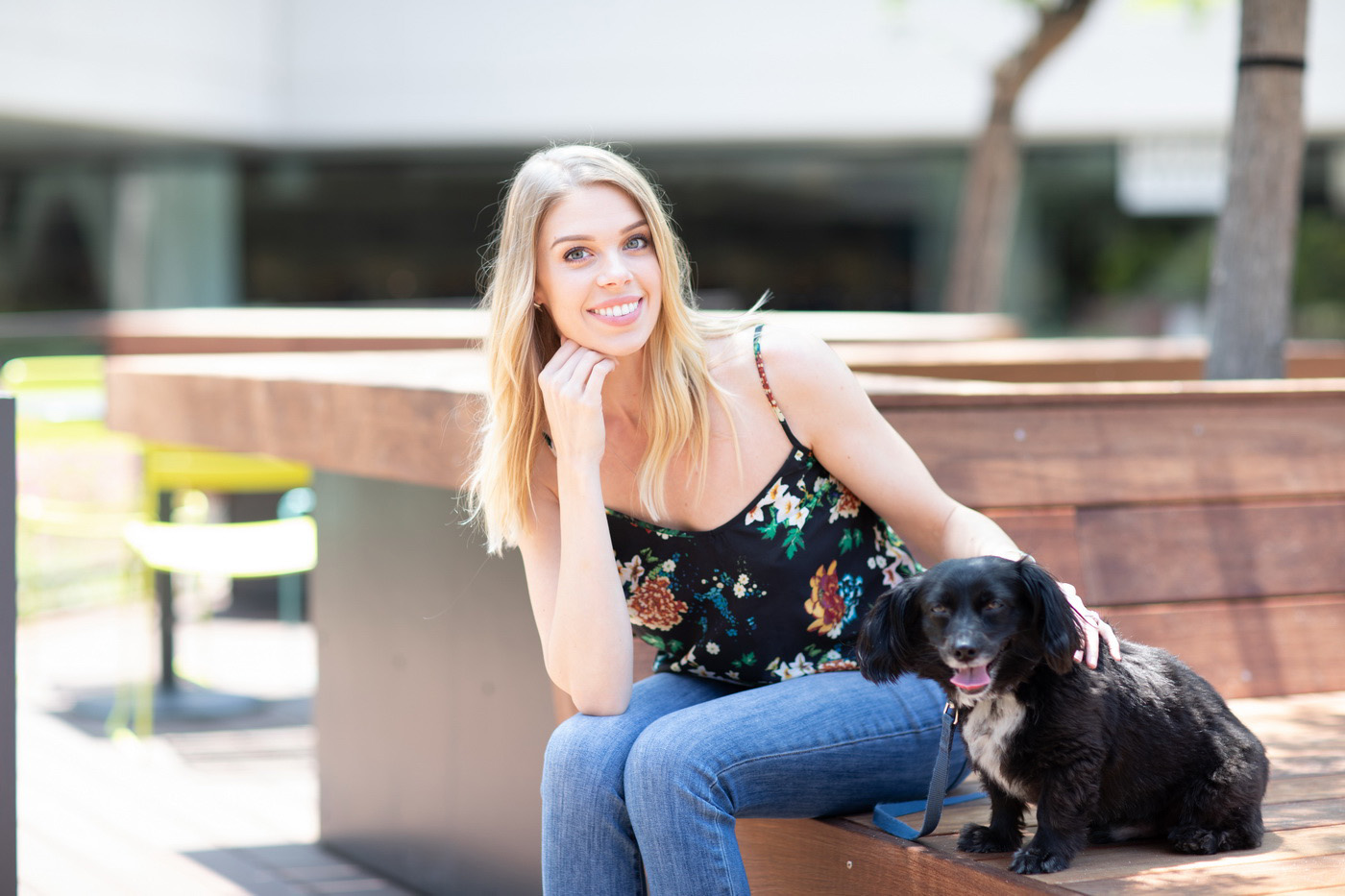
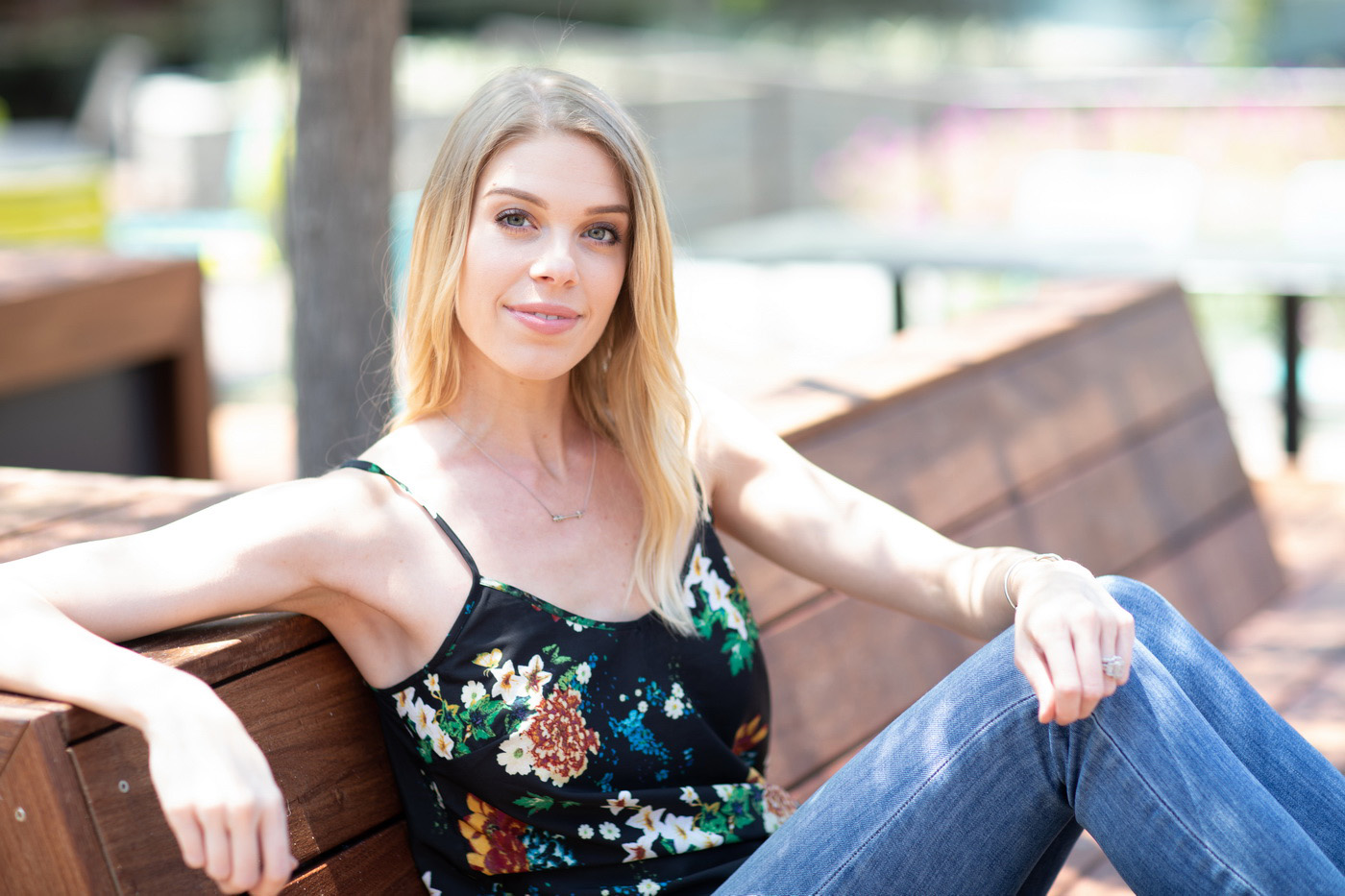
Photography by Irina Logra

